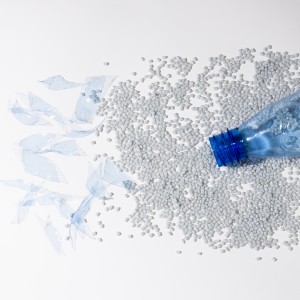As producers of sustainable packaging, it’s really gratifying to see raw-material supplier evolve their business models to include advanced recycling as part of their push to “recycle” as much plastic as possible. I spend a lot of my time increasing recycled options. For instance recycled Plastic, Recycled Nylon, Recycled PVB etc.
I think the benefits of recycling are even greater in terms of reusing valuable resources, reducing greenhouse gas emissions, and other sustainability benefits.But too often, discussions about recycling turn into black-and-white arguments: either it’s recyclable or it’s not environmentally friendly. As much as I value recycling, we occasionally need to step back and ask ourselves: Is recycling the only measure of sustainability?
The answer, of course, is no.
The level of recycling should be: reduce, reuse, recycle. This hierarchy aims to improve environmental sustainability, to meet our own needs without compromising the ability of future generations to meet their own. And environmental sustainability goes far beyond recycling cans and bottles. It includes energy and natural resource use, air/water emissions, climate change, waste generation, etc.
As a manufacturing company, our discussions usually revolve around materials, packaging and products. Overall, reduce the consumption of non-renewable energy and natural resources, reduce emissions of waste gas and wastewater, and do not cause harmful impacts on the climate and environment; Reducing waste generation will be a yardstick for our research, development and promotion of sustainable development;
We also call on governments and experts to study the comparative benefits, resource use, resource efficiency and carbon impact of plastics, textiles, wood, cash crops, paper and other materials. This research will cover the entire life cycle of materials – extraction, processing, transportation, production, packaging, use, handling and recycling/recycling of raw materials.
Basically, a comprehensive measure of sustainability is quite useful for our daily business guidance. It can contribute to sustainable materials management projects; It can tell brands how to choose packaging and materials for their products. Even consumers can better understand the science behind sustainability.
Post time: Aug-02-2022

